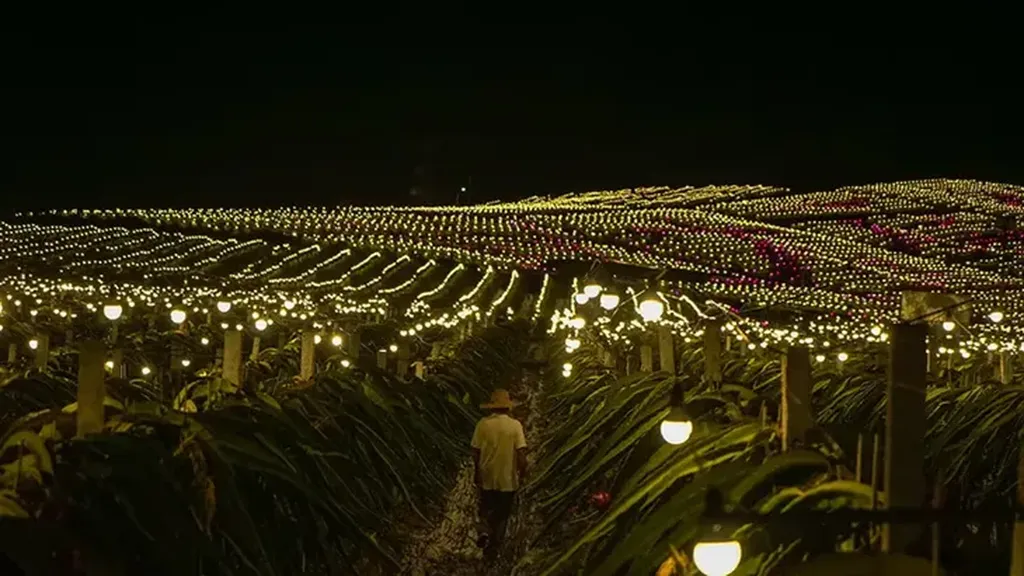In the quest to better understand and predict agricultural economic trends, a groundbreaking study has emerged, leveraging the power of nighttime light (NTL) data and advanced neural networks. Published in *Scientific Reports*, the research, led by Rongchao Yang from the Institute of Agricultural Information at the Chinese Academy of Agricultural Sciences, introduces a novel approach to forecasting the total output value of agriculture, forestry, animal husbandry, and fishery (TOVAFAF) across China’s provinces.
The study addresses a critical need in agricultural economics: the accurate and timely prediction of TOVAFAF. This metric is pivotal for policymakers and industry stakeholders, as it informs decisions about agricultural policy, industrial structure, and economic planning. Traditional methods of forecasting often fall short due to the complex, nonlinear relationships between various economic indicators and agricultural output.
Yang and his team tackled this challenge by harnessing NTL data from the NPP-VIIRS satellite, which captures the intensity of nighttime lighting—a proxy for human activity and economic development. They constructed eight NTL indices and used them as input variables in sophisticated neural network models. “The key innovation here is the integration of multiple NTL indices with advanced neural network algorithms to capture the intricate relationships between nighttime lighting and agricultural output,” Yang explained.
The researchers employed two primary modeling techniques: single-hidden-layer back propagation (BP) neural networks and extreme learning machines (ELM). To enhance the models’ performance, they developed an ensemble particle swarm optimization (EPSO) algorithm, which overcomes the limitations of traditional particle swarm optimization (PSO) algorithms. Additionally, they applied logarithmic transformations to the data to strengthen the correlation between NTL indices and TOVAFAF.
The results were impressive. The EPSO-optimized BP neural network model, when combined with logarithmic transformation, achieved the highest forecasting accuracy. It boasted a mean relative error (MRE) of 20.65% and a determination coefficient (R²) of 0.8749, indicating a strong linear relationship between actual and predicted values. This represents a significant improvement over previous models, with an 11.55 percentage point reduction in MRE and a 35.38% increase in R² compared to a PSO-ELM model used in earlier research.
The commercial implications of this research are substantial. Accurate forecasting of TOVAFAF can help agricultural businesses make informed decisions about investment, production, and market strategies. Policymakers can use these insights to design more effective agricultural policies, ensuring sustainable growth and economic stability. “This research provides a robust tool for stakeholders to anticipate economic trends and make data-driven decisions,” Yang noted.
Looking ahead, the integration of NTL data with machine learning techniques holds promise for a wide range of applications beyond agricultural forecasting. As Yang and his team continue to refine their models, the potential for even more accurate and comprehensive economic predictions grows. This research not only advances the field of agricultural economics but also sets a precedent for leveraging remote sensing data and advanced analytics in economic forecasting.
The study, published in *Scientific Reports* and led by Rongchao Yang from the Institute of Agricultural Information at the Chinese Academy of Agricultural Sciences, marks a significant step forward in the intersection of technology and agriculture, offering valuable insights for the future of the sector.

